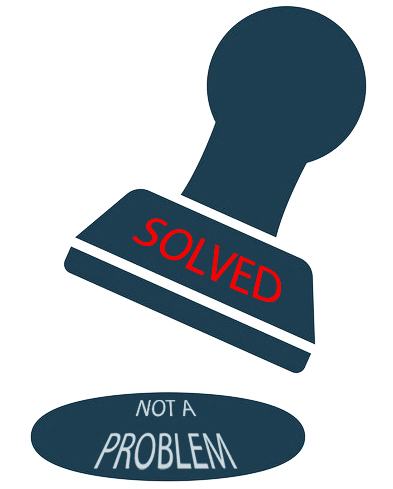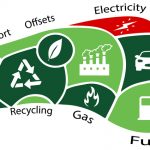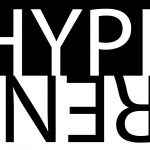Problem Solving vs Problem Finding
Finding solutions to a problem is “easy”. You see those quotes, right?
Executing the solution is often a little harder, but by far the hardest – and also the most important – thing to do, is finding the problem.
Say you thought you have a problem, found a solution for it, and executed this solution. You may even have succeeded in solving the problem. But this doesn’t mean you will actually benefit from it, if you didn’t fix the real problem.
So let’s try a different approach. Please feel free to correct me where you think I am wrong, because that is exactly how this works.
At this moment the buzzwords in the production industry are: “Big Data” “Industry 4.0” “Smart”, “Lean”. This all leads to a single outcome, which is: “Finding the problem”. Using Big Data (I hate that word, let’s just say “Relevant Data”) we can find gaps in the production, locate stoppages, and know where we need to focus on in the production process (measuring OEE). We can get this data by simply extracting counters from all your machines.
This will be a good start. If you must focus on parts in the production process that need improvement, you can increase the data collection for those parts, and look for spills.
The next step is to find out where the problem is – and this is not easy.
I like the ‘Jobs to be Done‘ theory . This concept is used by innovators to build new products and services. A slimmed down version can also be used on a production process in a factory. When you look at that part in your production process that causes a lower output than expected, think of the following:
- What are the steps between “parts going in” and “parts coming out”?
- What are the pains in this process?
- What is there to gain in this process?
This method of listing everything you do, and finding the pains and gains which go with it, forces you to look at things you would normally not think of.
This should lead you to the only problem that is worth solving: The real problem.







